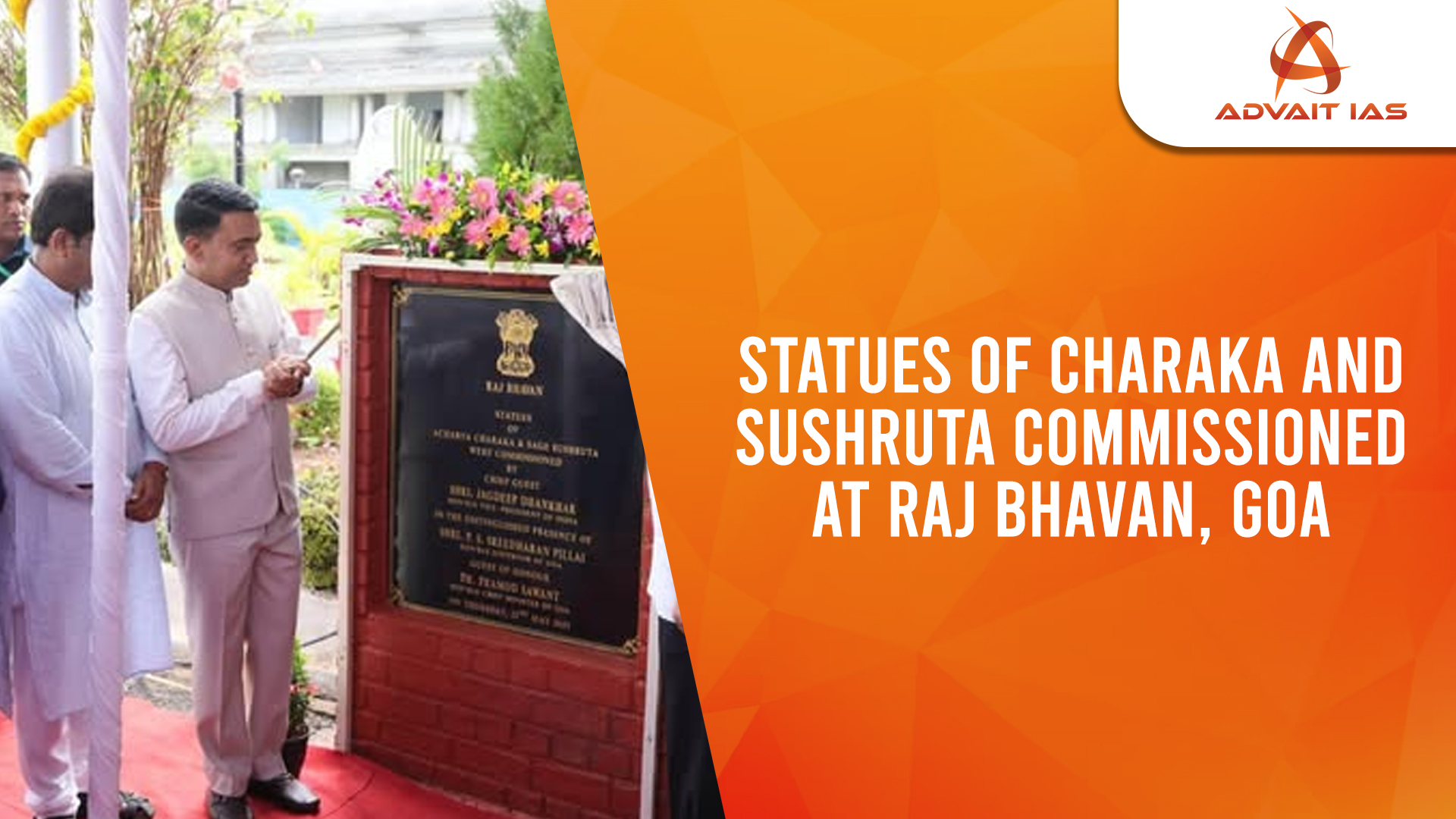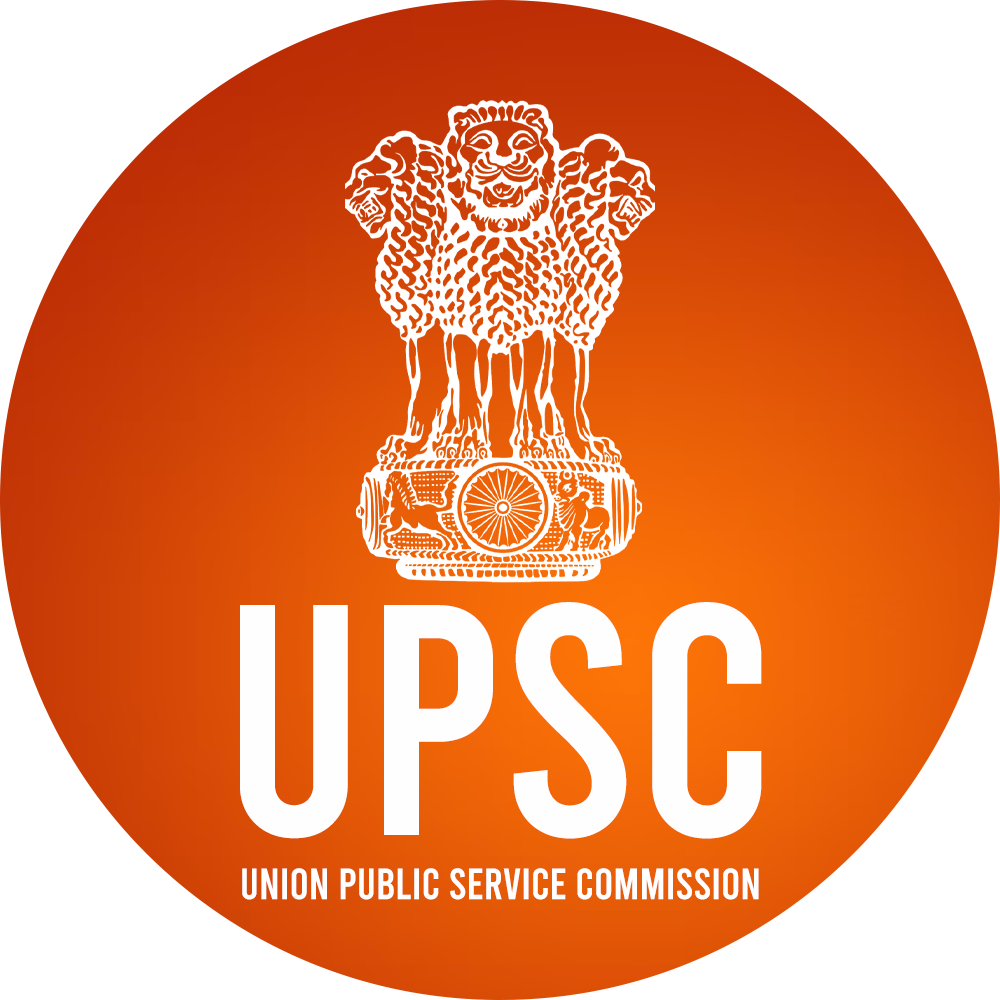The Vice-President of India commissioned the statues of Charaka and Sushruta at Raj Bhavan, Goa.
- The event honoured India’s ancient contributions to global medicine and surgery.
- It reinforced India’s cultural pride in Ayurveda and its foundational thinkers.
Charaka – The Father of Medicine
- Time Period: Active between 2nd century BCE and 2nd century CE.
- Position: Served as royal physician in the court of Kanishka, ruler of the Kushan Empire.
- Legacy: Revered as the Father of Indian Medicine and a pioneer of Ayurveda.
Charaka Samhita
- A seminal Ayurvedic text authored by Charaka, based on earlier works.
- Originally Agnivesha Samhita (7th century BCE), written by Agnivesha under Atreya’s
- Charaka revised and reorganized it, naming it Charaka Samhita.
- Structured into 8 sections called Ashtanga Sthanas (Eight Branches of Ayurveda).
- Dhabala, an Ayurveda scholar, later added 17 chapters to enrich the text.
Sushruta – The Father of Surgery and Plastic Surgery
- Time Period: Lived during the 7th–6th century BCE.
- Guru: Disciple of Dhanvantari, a key figure in Ayurveda and one of the Navratnas of King Vikramaditya (Chandragupta II).
- Recognized globally as the Father of Surgery and Plastic Surgery.
Sushruta Samhita
- Authored the Sushruta Samhita, a foundational text in surgical practices.
- Part of Ayurveda’s Great Trilogy (Brihat Trayi) along with:
- Charaka Samhita
- Astanga Hridaya (by Vagbhata)
Medical Innovations and Contributions
- Documented and performed over 300 surgeries:
- Rhinoplasty (nose reconstruction)
- Otoplasty (ear reconstruction or Karna Sandhan)
- Lobuloplasty (Oshtha Sandhan)
- Fracture setting, foreign body extraction, caesarean delivery, etc.
- Detailed surgical instruments and pre/post-operative care, centuries ahead of Western surgery.
Legacy and Global Recognition
- Both Charaka and Sushruta are symbols of India’s ancient scientific temper and medical advancement.
- Their works were later translated into Arabic (e.g., Kitab-i-Susrud) and Persian, influencing medical education across West Asia and Europe.
- Their teachings align with holistic health approaches in modern times.
The installation of their statues is not just commemorative but a symbol of India’s civilizational knowledge systems. It also aligns with India’s soft power diplomacy, promoting Ayurveda and traditional medicine globally.






